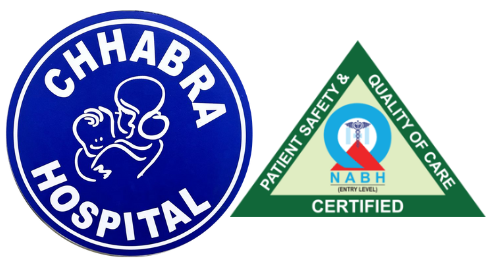Breaking a wrist is painful and can disrupt daily life. So, understanding wrist break recovery time is essential. Healing depends on the break type and the treatment received. Here’s a straightforward guide to timelines and what helps or hinders recovery.
Introduction to Wrist Fractures
Wrist fractures are common injuries causing significant inconvenience. They affect your ability to perform everyday tasks like driving, typing, or even eating. Knowing the wrist break symptoms and recovery procedures helps in dealing with this injury more effectively.
Recovery timelines can vary. Having a clear understanding of these timelines aids in setting realistic expectations. A well-informed recovery process is crucial to achieving optimal healing and regaining hand function. By understanding these timelines, you can prepare for the journey back to full health.
Exploring Wrist Fractures
There are several types of wrist fractures. Some common ones include distal radius fractures and scaphoid break healing time. The severity of these injuries varies, affecting how quickly one recovers.
- Distal radius fractures: These are the most common and occur near the thumb’s base.
- Scaphoid fractures: These involve small bones, and scaphoid break recovery time can often be longer.
Leading causes of these fractures include falls, sports injuries, and accidents. The severity and complications often prolong recovery. Risk factors like age, bone health, and activity level can also impact healing time.
The Recovery Timeline Demystified
The recovery process is usually broken into phases:
- Initial Rest and Immobilization
- Gradual Return to Motion
- Full Recovery and Strengthening
Typically, wrist break recovery time can take about 6-8 weeks. However, full strength recovery might take longer, depending on individual circumstances.
Treatment Options: What They Mean for Recovery
Wrist fractures can be treated non-surgically or surgically:
- Non-surgical methods: These include casts and splints. They immobilize the wrist, allowing bones to heal naturally.
- Surgical interventions: Sometimes, surgery is necessary to align bones for effective healing.
Each treatment option has implications on broken wrist rehab time, with surgery usually extending the recovery timeline.
Factors Contributing to Recovery Variability
Several factors can affect the wrist fracture healing process:
- Age and health: Older adults or those with health issues might experience longer healing periods.
- Fracture type: More complex fractures are often slower to heal.
- Patient compliance: Following medical advice is crucial for a speedy recovery.
- Nutrition: A diet rich in calcium and vitamin D supports bone healing.
Rehabilitation: Regaining Strength
Rehabilitation is key to regaining wrist strength and function:
- Start gentle exercises: These help increase mobility without straining the wrist.
- Progress to strengthening exercises: Once the initial recovery phase is complete, focus on wrist break recovery exercises to regain full strength.
A proper rehab plan includes:
- Wrist stretches to improve flexibility.
- Resistance exercises, using bands, for strength.
- Regularly consulting with a physiotherapist can speed up recovery.
Expect milestones like increased range of motion and reduced pain during rehabilitation.
Rejoining Your Daily Life
After recovering, it’s time to transition back to daily life:
- Everyday activities: Tasks like driving might resume slowly over weeks.
- Work and sports: Gradual engagement in physical activities helps in building confidence and strength.
Prepare for a gradual return, respecting the body’s limits to avoid setbacks. Setting realistic expectations helps manage frustrations during this phase.
Complications that May Hinder Recovery
Some complications can delay healing:
- Delayed healing or non-union: Sometimes, bones take longer to heal or don’t join properly.
- Effective handling of these issues with medical intervention can prevent prolonged wrist break recovery time.
Maximizing Your Recovery: Holistic Practices
A holistic approach can aid faster recovery:
- Nutritional focus: Foods rich in calcium and vitamins can improve bone strength.
- Pain management: Simple pain relief methods can nourish quicker healing.
- Home exercises: Gentle daily activities foster better recovery.
- Mental wellness: Staying positive and stress-free is crucial for healing.
Recognizing When to Reach Out for Medical Help
Knowing when to see a doctor is vital:
- Concerning signs: Swelling, intense pain, or numbness needs medical attention.
- Normal versus atypical pain: Understanding what’s typical can prevent unnecessary distress.
Conclusion: Patience and Persistence
The journey from injury to recovery demands commitment. How long does a wrist break take to heal? Mostly, patience is key. It’s common to see full recovery within a few months.
Encouragement and support play a significant role. Be patient with your progress and persistent in following medical advice for full recovery. With proper care and guidance, speeding up wrist break recovery becomes viable within the realistic timelines of the average wrist break recovery period.
Your Health, Our Commitment — Book an Appointment at Chabra Hospital Today!

